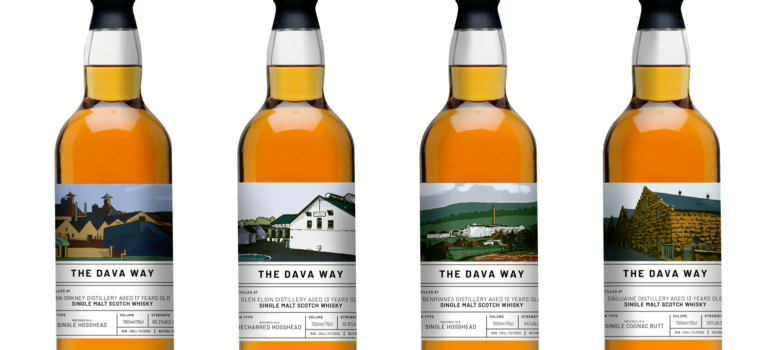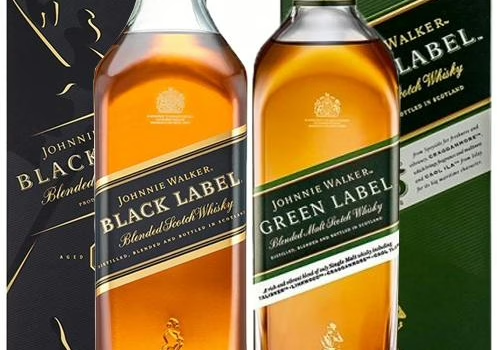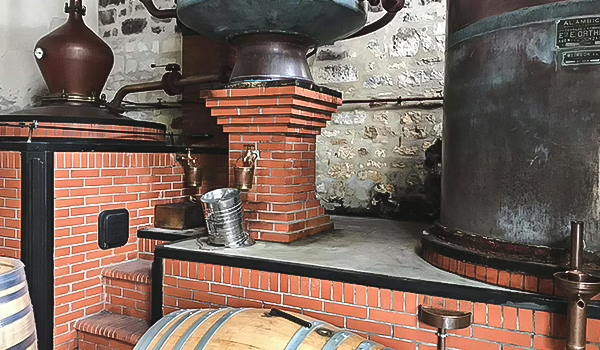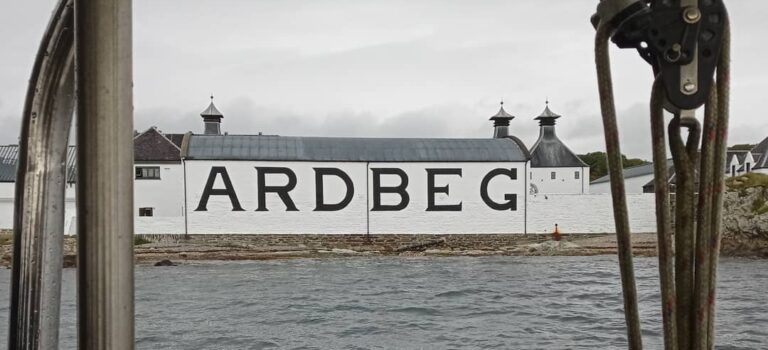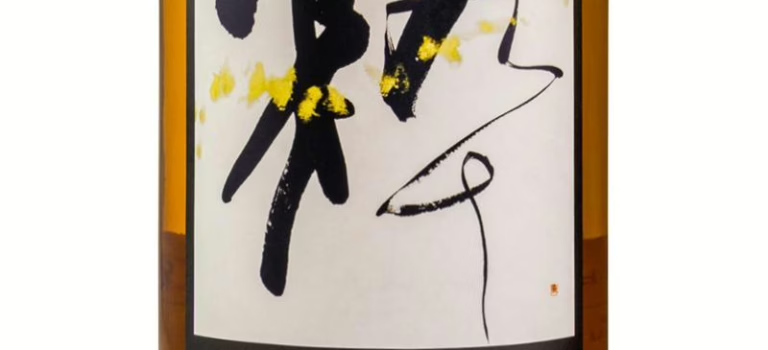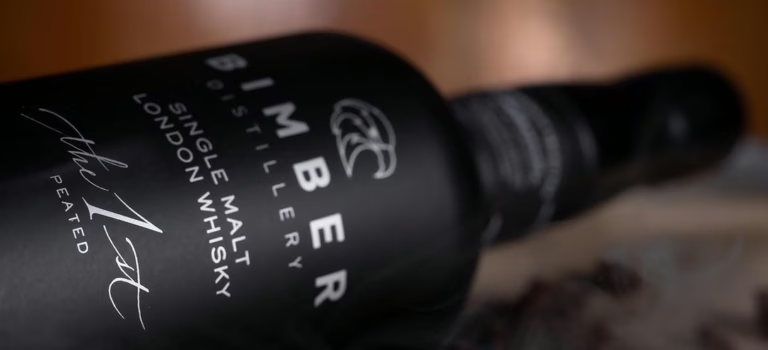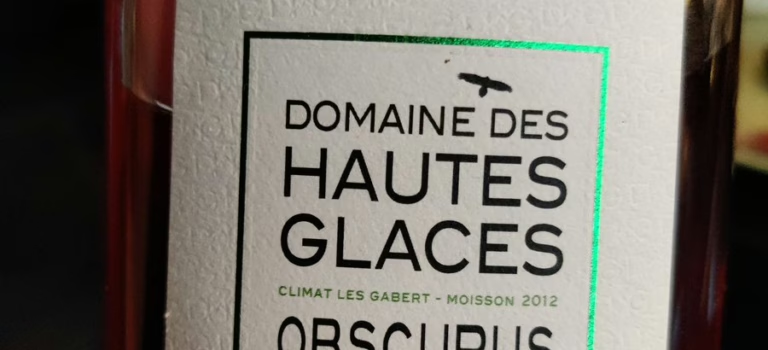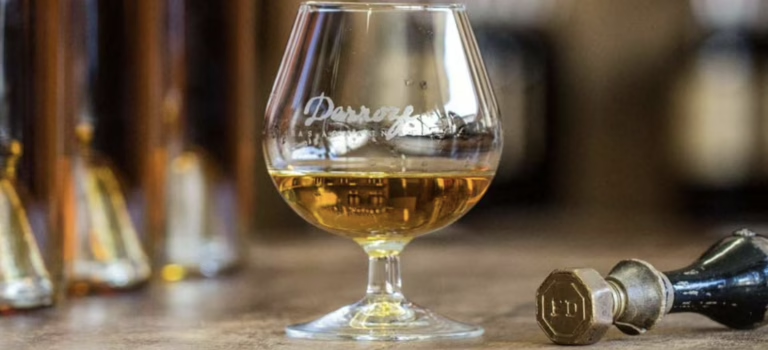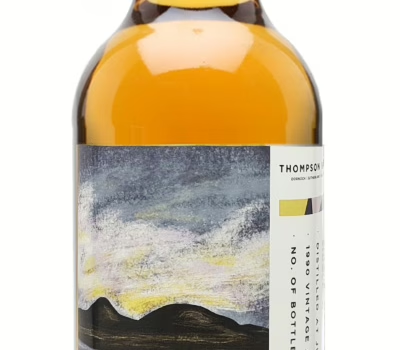You have probably heard of Dunphail distillery, a soon-to-be distillery located a few miles south of Forres, in Speyside. Dunphail has been founded by Dariusz Plazewski, who already founded the deservedly hyped Bimber Distillery in London. Whilst Dunphail is not yet producing, and thus not making money (except by selling in advance founder packs and casks shares), they decided to add an independent bottling branch to the distillery. This branch is called The Dava Way, named after one of Scotland’s many long-distance walking and off-road cycling routes, between Forres and Grantown-on-Spey, and passing less than a mile from Dunphail distillery. My good friend Matt McKay, who started as director of communication for Bimber, is now also the Director of Whisky Creation and Outreach at Dunphail, and selected the first four ‘The Dava Way’ bottlings. Until Dunphail has a regular revenue, The Dava Way will allow Dunphail to gain visibility and help the operational revenue. Matt reached out to me to offer to send me samples of those bottlings, and obviously I could not refuse!
Read more